#40 in Vietnam
Popular Bánh Bèo Variations

Bánh Bèo Huế
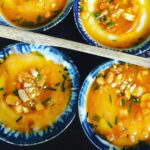
Bánh Bèo Quảng Nam
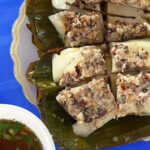
Bánh Bèo Hải Phòng

Bánh Bèo Quảng Trị
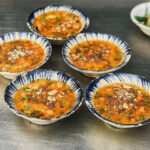
Bánh Bèo Quảng Ngãi
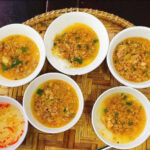
Bánh Bèo Hội An
Bánh Bèo: Ingredients and Preparation
Main Ingredients
Main Cooking Method
Preparation Process
Bánh Bèo: A Deep Dive
Cultural Significance
Taste
Texture
Aroma
Color
Serving Style
Serving Temperature
Accompaniment
Occasions
Seasons
Special Diets
Calories
Popularity
Popular Similar Dishes
- Bánh Đúc
- Bánh Nậm
Popular Dining Area
Bánh bèo is a Vietnamese steamed rice cake that originates from Hue in the Central region of the country.
As a traditional dish in Vietnam, bánh bèo usually consists of three main elements, the white base made from rice flour, savory toppings, and the dipping sauce created using fish sauce.
Aside from the toppings, the fish sauce mixture is the main flavoring factor often poured directly over the steamed rice cakes. Depending on the region, this Vietnamese street food is adopted with different sizes, shapes, and ingredients.
For example, people in Sai Gon often pair bánh bèo with other rice cakes like bánh đúc, bánh bột lọc and bánh ít.
In Central Vietnam, Quang Nam and Hue are the two regions popular for their bánh bèo while the South even comes with a sweet version of the rice cake using mung beans and coconut milk.
Commonly, bánh bèo is a street food item served directly in the bowl it’s cooked, which is enjoyed by pouring the fish sauce over the surface.
Small bánh bèo is often eaten in one bite, while bigger servings of the rice cake are divided into smaller bites using a spoon.
Explore the wide array of bánh bèo made using various ingredients and come in different sizes. Additionally, I’ll let you in on the basic components that create bánh bèo before knowing about the advantages and disadvantages of eating this steamed rice cake.
Aside from that, make sure to know more about some of the inquiries related to bánh bèo and some dishes that have similarities to it.
Key Points
Bánh Bèo Images
What Are the Variants of Bánh Bèo?
Bánh bèo is not simply steamed rice cake with toppings, as each region in Vietnam offers a different take on this traditional specialty:
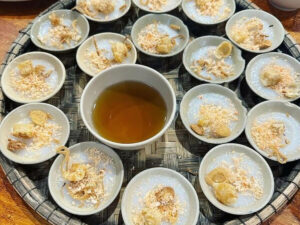
Bánh Bèo Huế
Often has a thinner profile
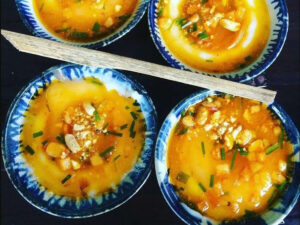
Bánh Bèo Quảng Nam
Larger in size and thickerThe batter is much softer
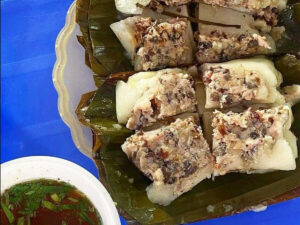
Bánh Bèo Hải Phòng
Noted for its dipping sauce made using a pork bone broth

Bánh Bèo Quảng Trị
Has a unique cooking methodThe rice cakes are thin

Bánh Bèo Quảng Ngãi
Has a thick consistency topping with a vibrant orange color
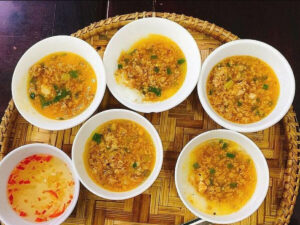
Bánh Bèo Hội An
A popular snack in Hoi An’s Old Town, known for its delicate balance of flavors
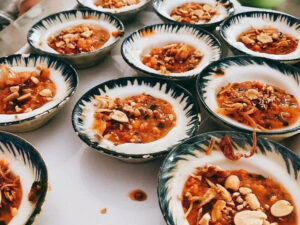
Bánh Bèo Sài Gòn
Often paired with other rice cakes
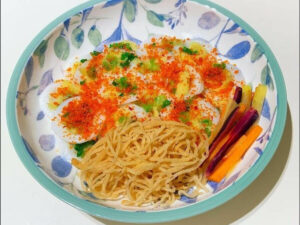
Bánh Bèo Bình Dương
Notably chewy texture due to the addition of pork skin

Bánh Bèo Đà Nẵng
Has 2 varieties: bánh bèo tai (small at around ear size) and bánh bèo chén (comes in a bowl)

Bánh Bèo Quảng Bình
Thin bánh bèo with a pure white color

Bánh Bèo Nghệ An
Has a transparent look similar to bánh bột lọcPossesses a chewy texture
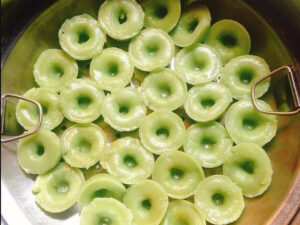
Bánh Bèo Phan Thiết
Has a small size with a dent in the middle

Bánh Bèo Miền Trung
Has a thick topping with a vibrant orange color
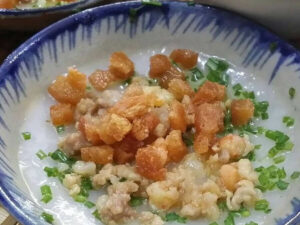
Bánh Bèo Bình Định
A simple version of bánh bèo in Binh Dinh with pork toppings
Once you’ve discovered the many versions of bánh bèo, make sure to expand your understanding of the elements that make up this steamed rice cake.
What Ingredients Are Used to Make Bánh Bèo?
Bánh bèo in many regions of Vietnam mainly revolves around creating a white batter base for steaming before combining it with various toppings. For that, here are the basic elements that contribute to a bánh bèo:

Rice flour
The main ingredient for the cake base, giving it a soft and slightly chewy texture.
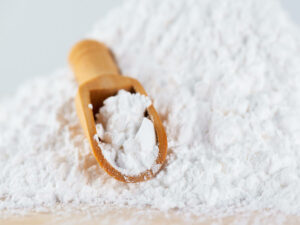
Tapioca starch
Sometimes mixed with rice flour to add a bit of a gelatinous, chewy quality to the cakes.

Shrimp
Fresh or dried shrimp are often used as a topping after being ground or chopped finely.

Pork
Boiled or steamed pork is sometimes shredded or cut into small pieces and used as a topping.
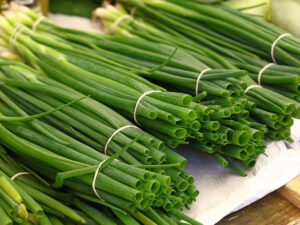
Scallions
Finely chopped and mixed with oil, they are used as a garnish.

Crispy pork cracklings
Also known as pork rinds, they add a crunchy texture when sprinkled on top.
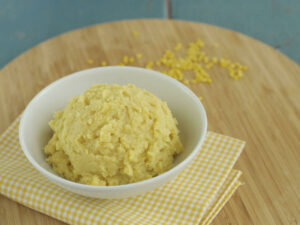
Mung beans
Sometimes used as a filling or topping, often in a paste form.
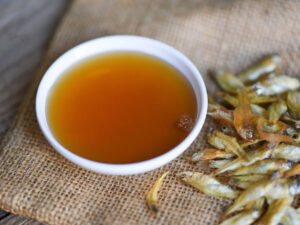
Fish sauce
A staple in Vietnamese cuisine, it’s mixed with water, sugar, lemon juice, and chili to create a dipping sauce.
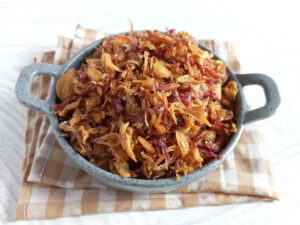
Fried shallots
Offer a crunchy texture and a sweet, aromatic flavor as a topping.
To keep your spirit going, make sure to be aware of the benefits and drawbacks of eating bánh bèo so your meal is worry-free.
Pros and Cons of Eating Bánh Bèo
These are a few good and bad aspects about eating bánh bèo that you should note down:
Pros
Cons
Aside from these features, allow me to quench your curiosity about bánh bèo by answering some of the concerns that people often have about this Vietnamese steamed rice cake.



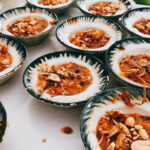

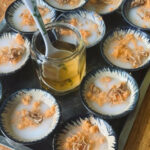
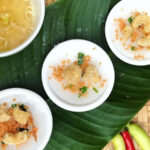
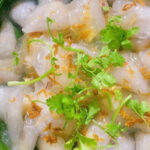
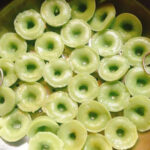
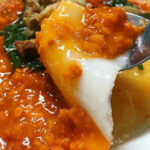
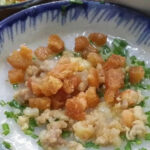
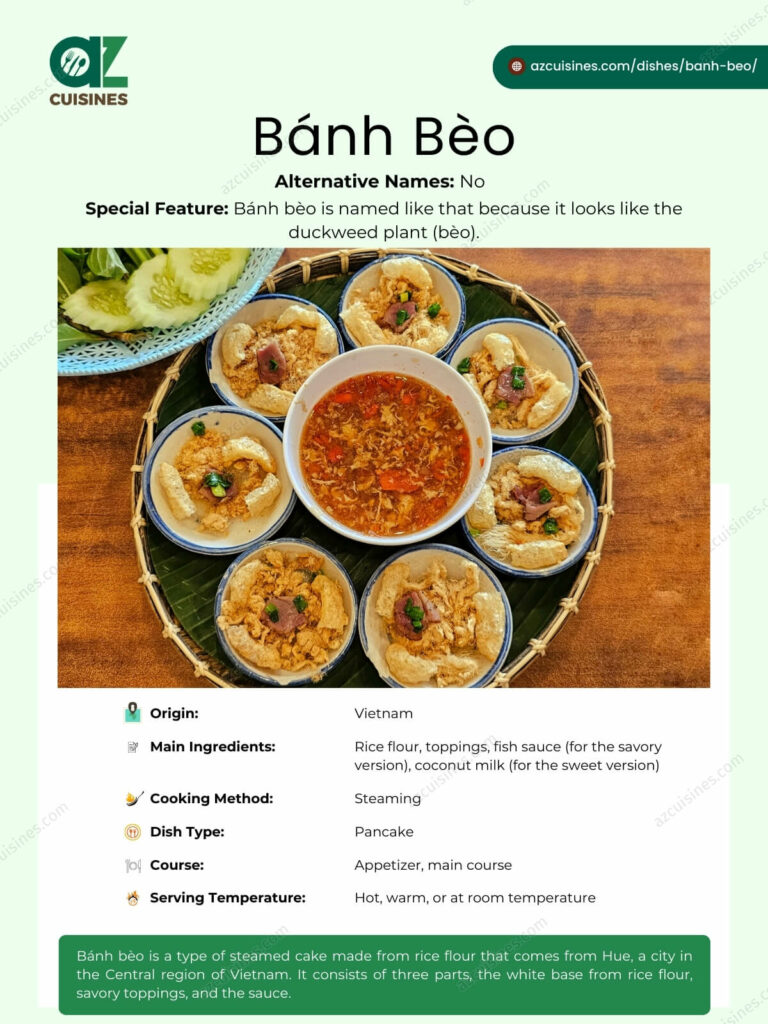
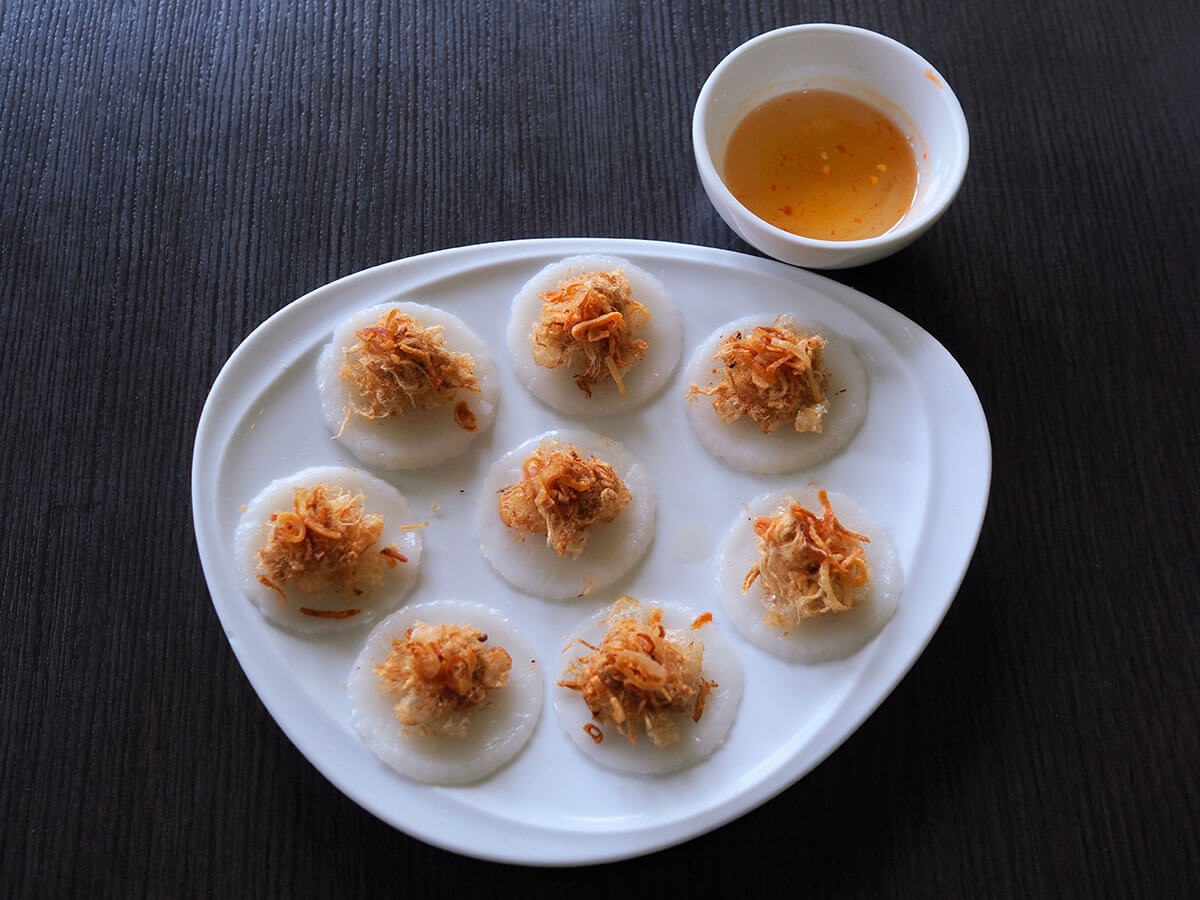
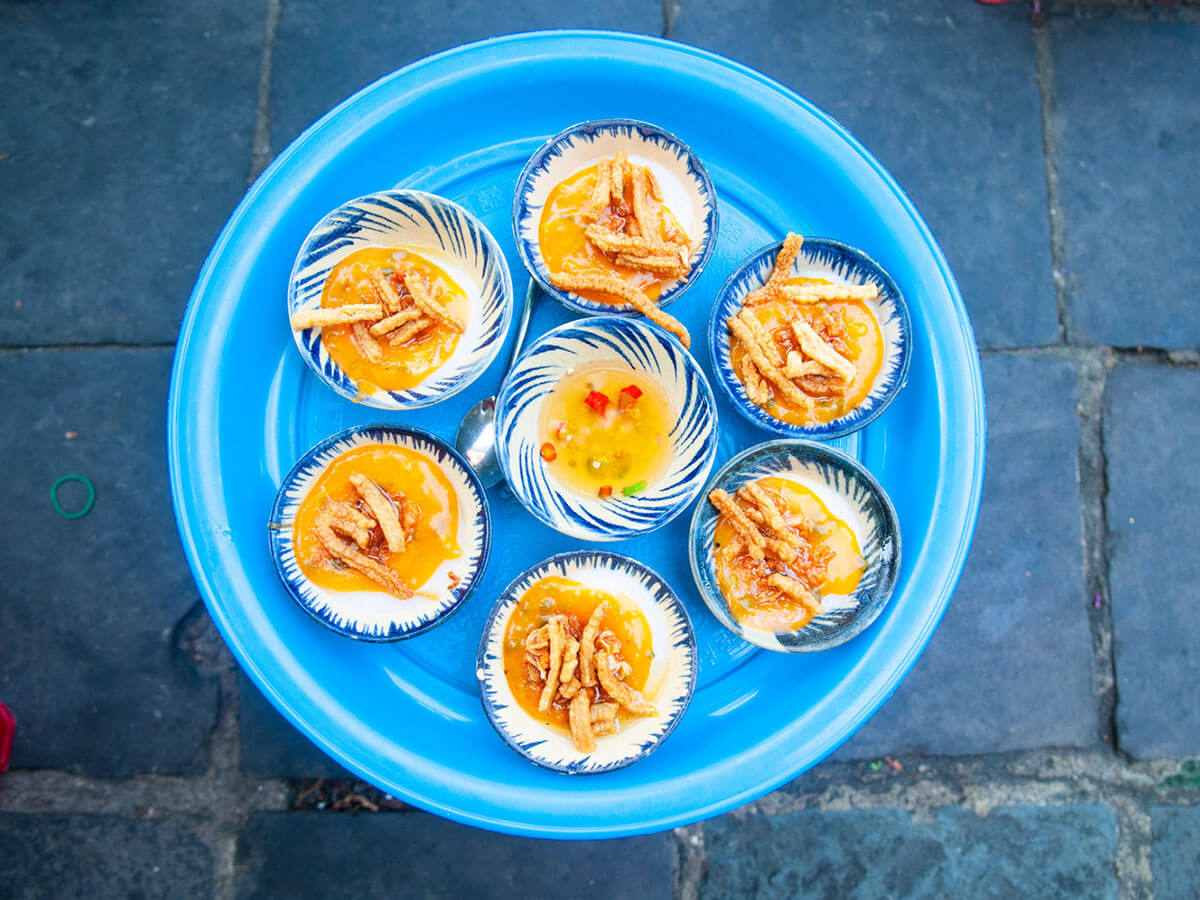
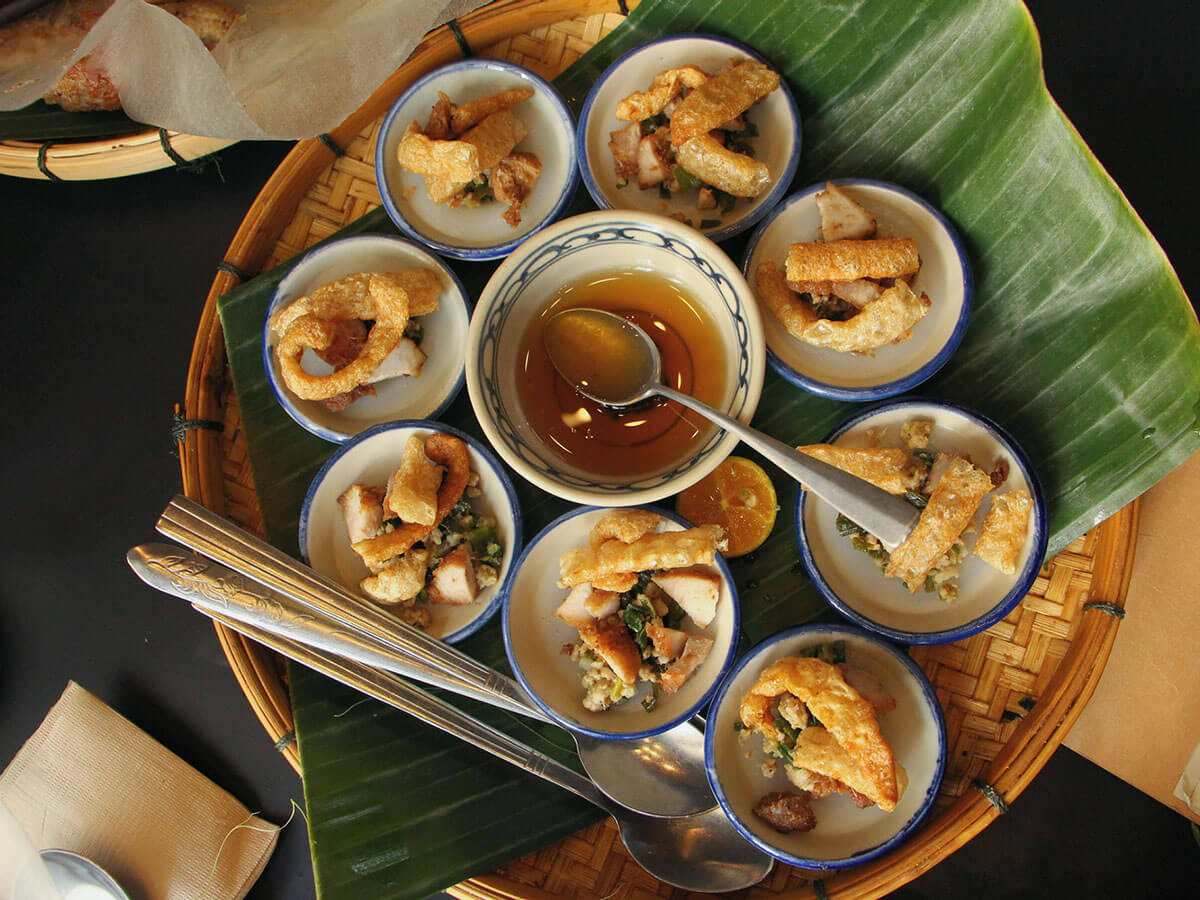
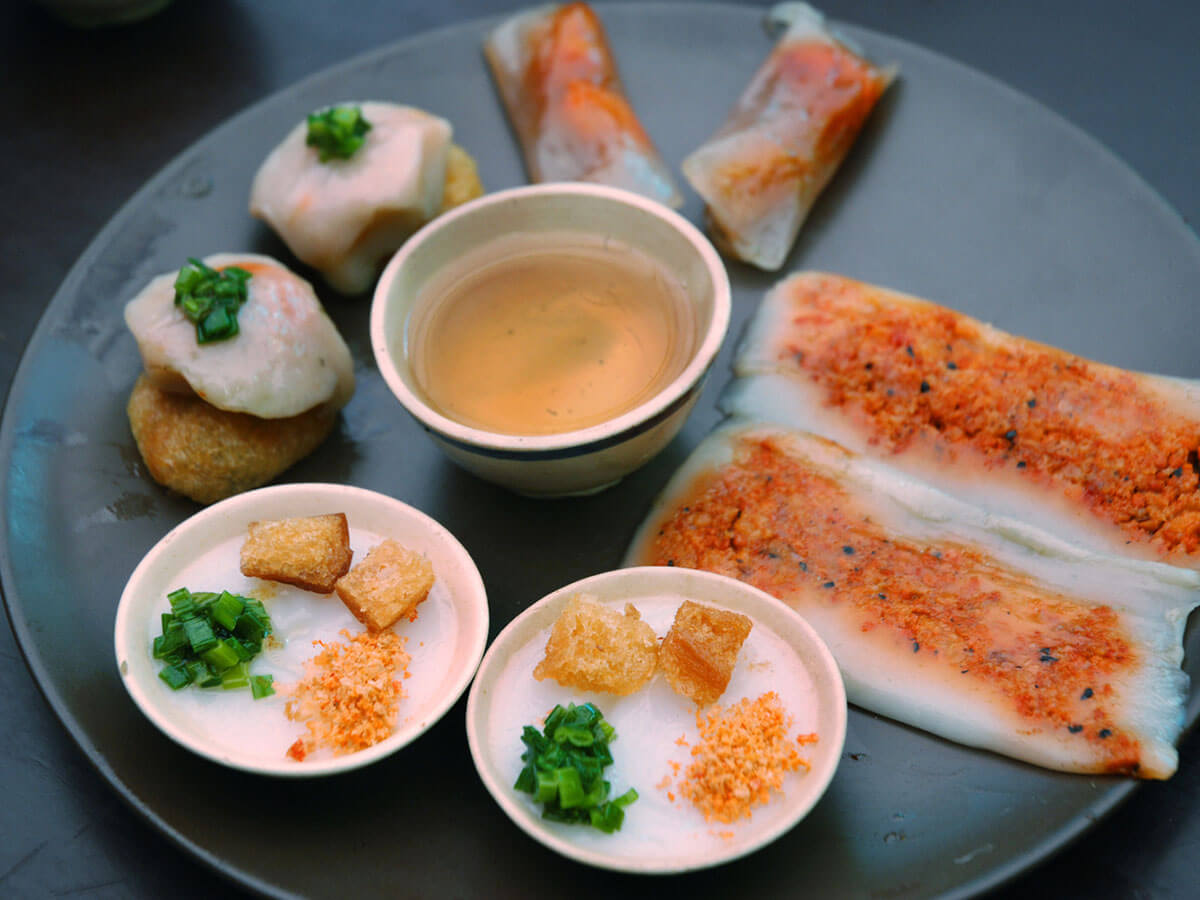

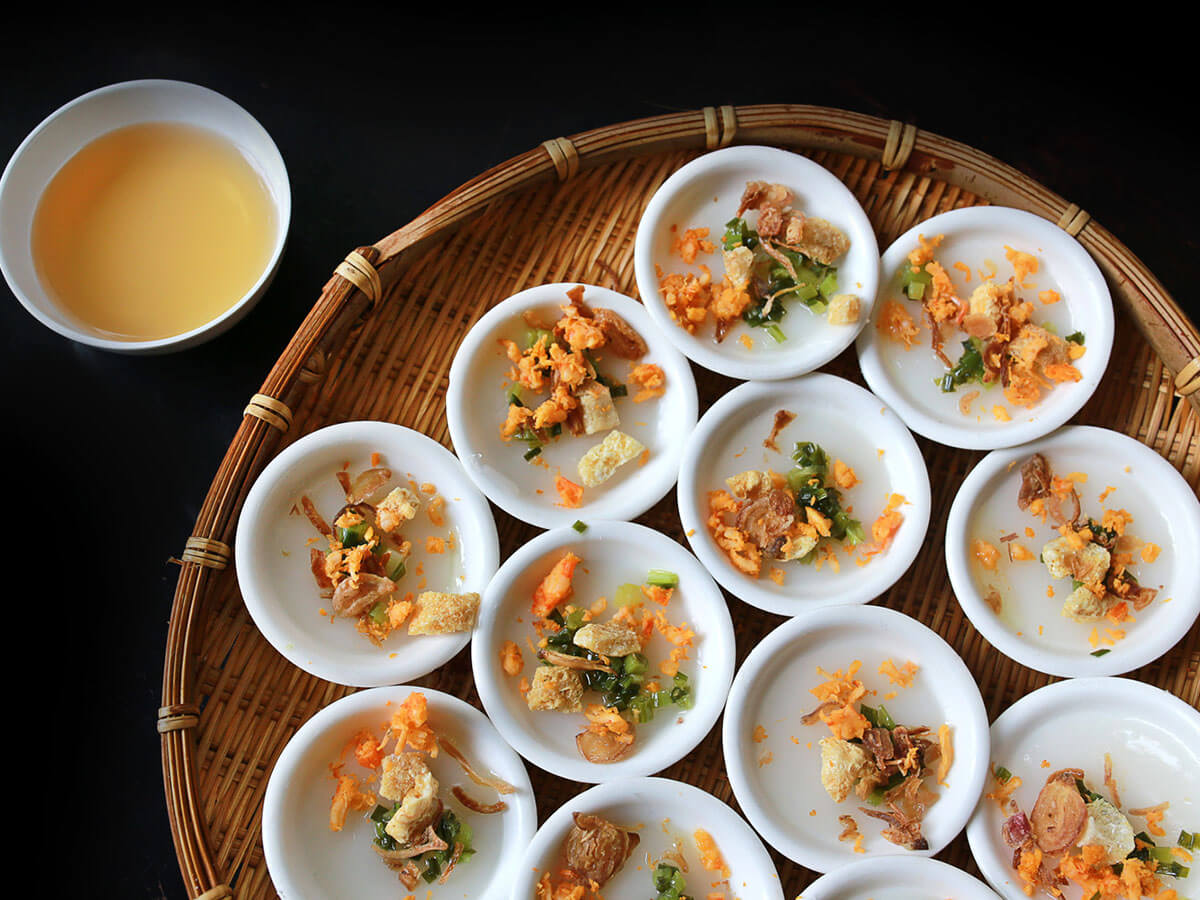
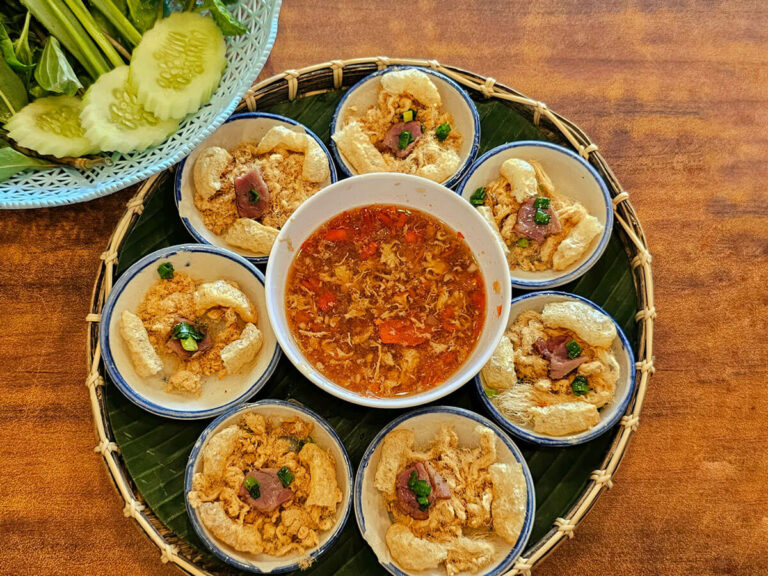
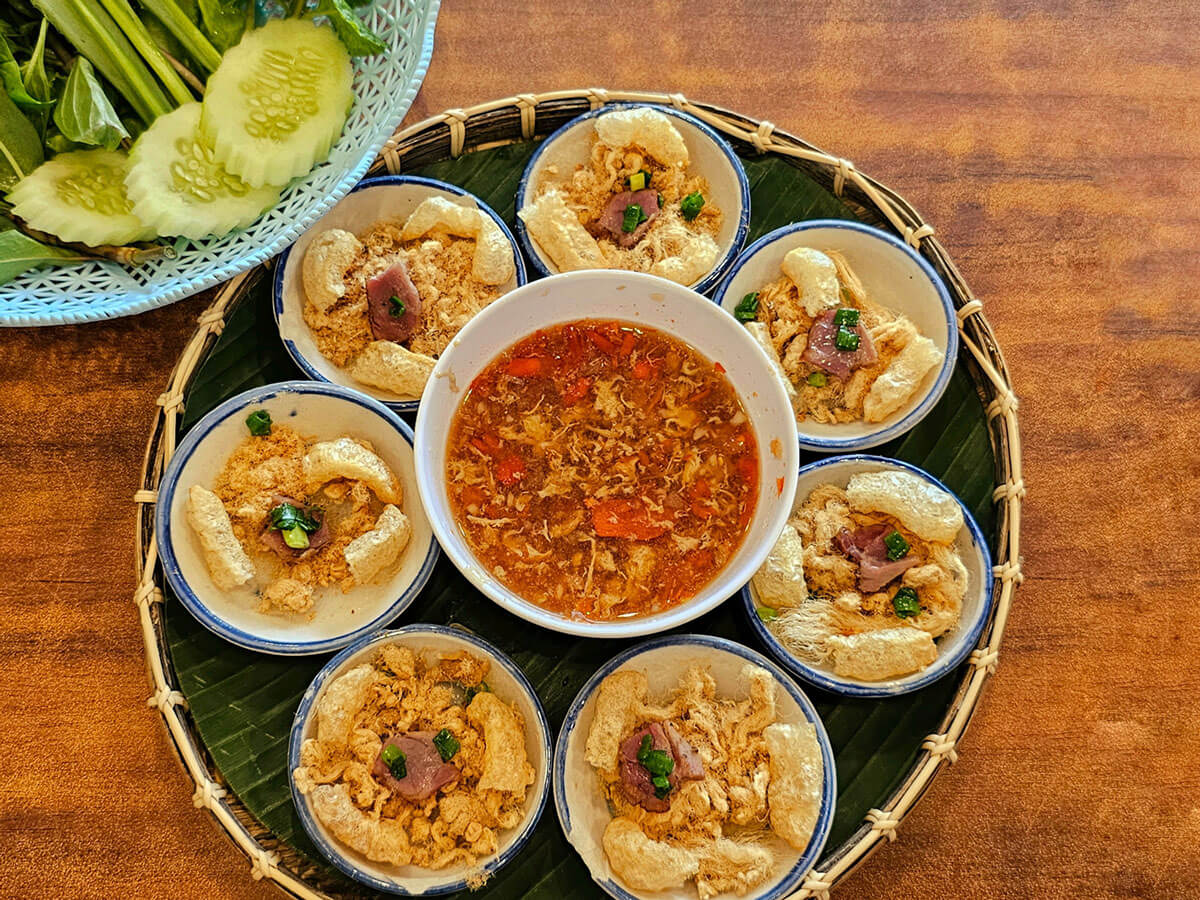
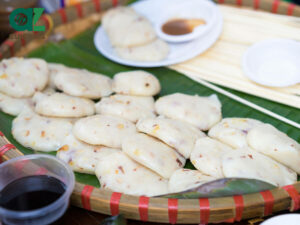
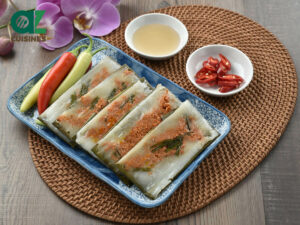
Truc Tran (Kris)
Senior Food Editor
Expertise
Home Cooking, Meal Planning, Recipe Development, Baking and Pastry, Food Editor, Cooking-video Maker, Vietnamese Food Evaluation Expert
Education
Truc Tran (Kris), an experienced food writer and editor, is great at exploring and describing global cuisines, from simple street food to fancy dining. In her writing, she skillfully mixes different flavors, cooking methods, and culinary traditions, showing the unique character of various cultures through their food and drinks. On azcuisines.com, Kris highlights her knowledge, especially in Asian cuisine and worldwide traditional dishes.